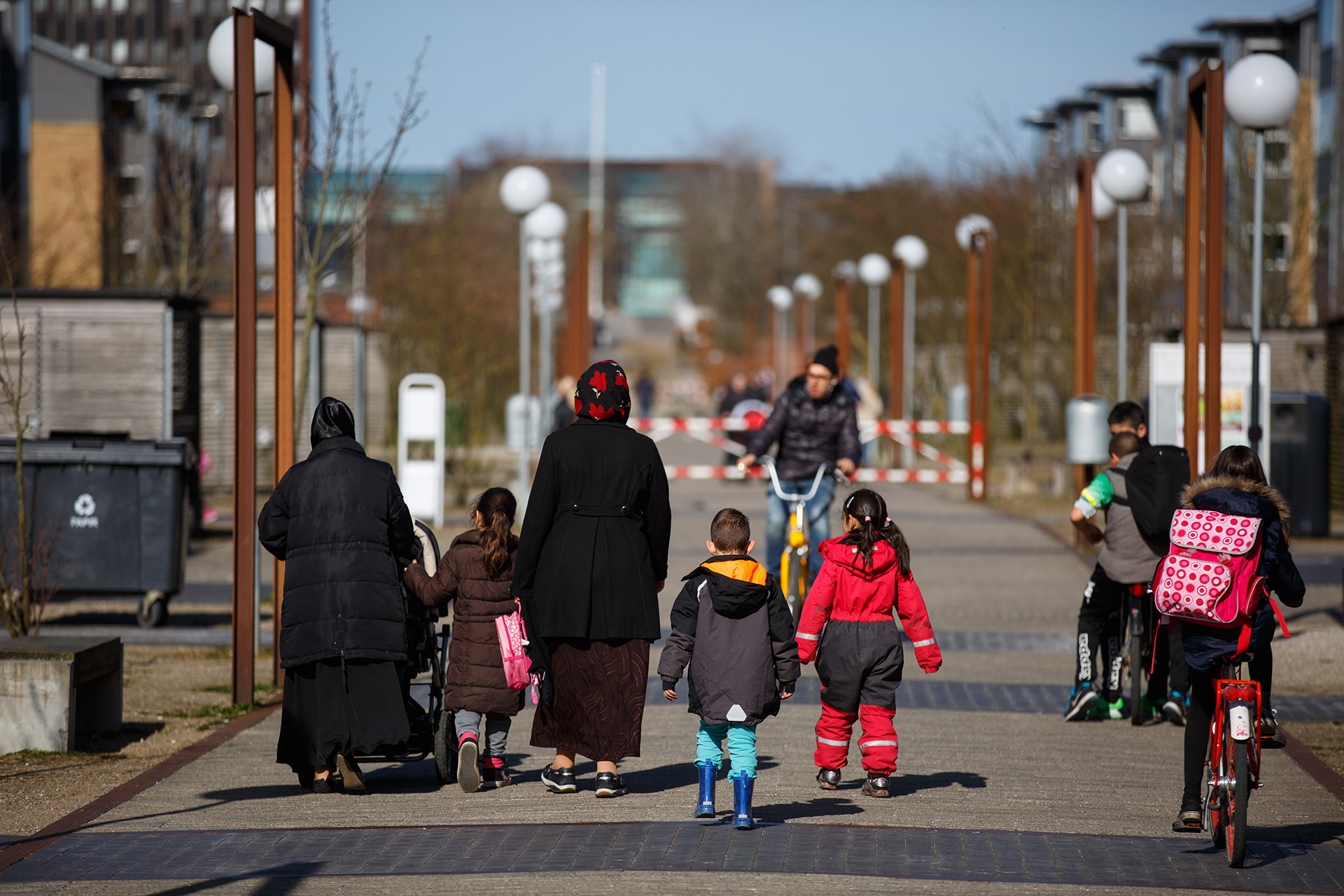Scientific article 2022
Older Immigrants – new poverty risk in Scandinavian welfare states?
Authors:
- Björn Gustafsson
- Hanna Mac Innes
- Vibeke Jakobsen
- Peder J. Pedersen
- Torun Österberg
The Elderly
Labour Market
The Social Sector
The Elderly, Labour Market, The Social Sector

Many European high-income countries face a rapid increase in the number of immigrants from low- and middle-income countries reaching the normal pension age. Thus, it is increasingly relevant to ask: how are older migrants from such countries faring? Here we study poverty rates and determinants of poverty among natives and persons born in Bosnia, Iran, Iraq, Yugoslavia and Turkey living in Denmark or Sweden in 2010. Income data on all such persons aged 65–82 living in the two destination countries are analysed. In both Denmark and Sweden, we report much higher poverty rates among the immigrants studied than among natives. Estimated probability models show that being poor is related to a person’s education, family status and age, as well as year of arrival in the destination country and the labour market and his or her residential status at the age of 55. However, the labour market in the destination country at the time of arrival also matter. Persons born in Yugoslavia or Turkey who had immigrated to Denmark during the ‘70s and ‘80s were more likely to be in poverty in 2010 that their counterparts with the same characteristics who had immigrated to Sweden.
Authors
About this publication
Financed by
VIVE - Det nationale forsknings- og analysecenter for velfærdCollaborators
Björn Gustafsson*, **,Hanna Mac Innes*, Peder J. Pedersen**α and Torun Österberg* (*Department of Social Work, University of Gothenburg ** VIVE – The Danish Center for Social Science Research, α Department of Economics and Business Economics, Aarhus University)Published in
Journal of Ethnic and Migration Studies
